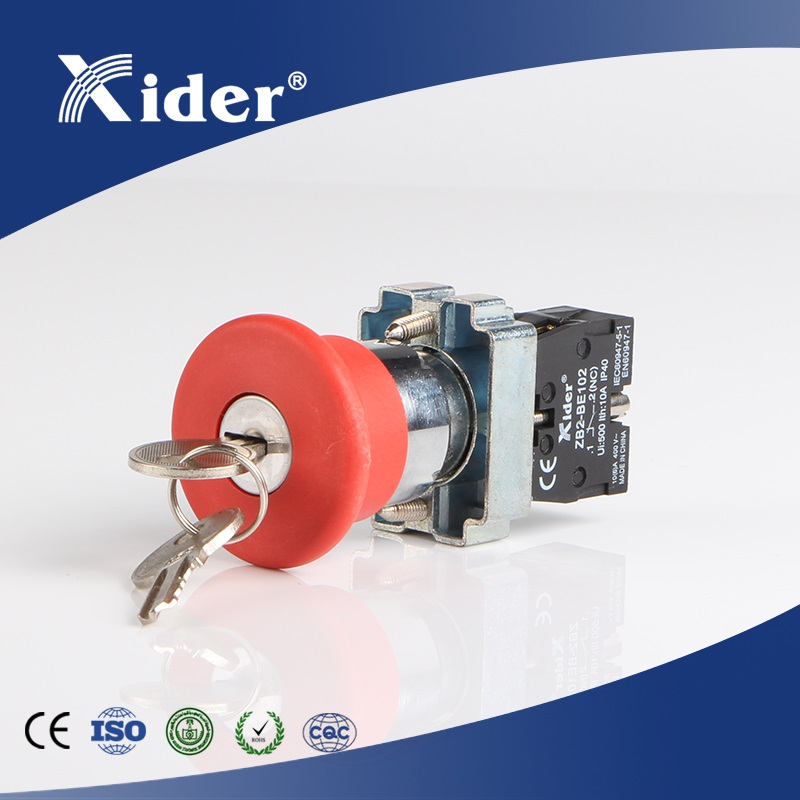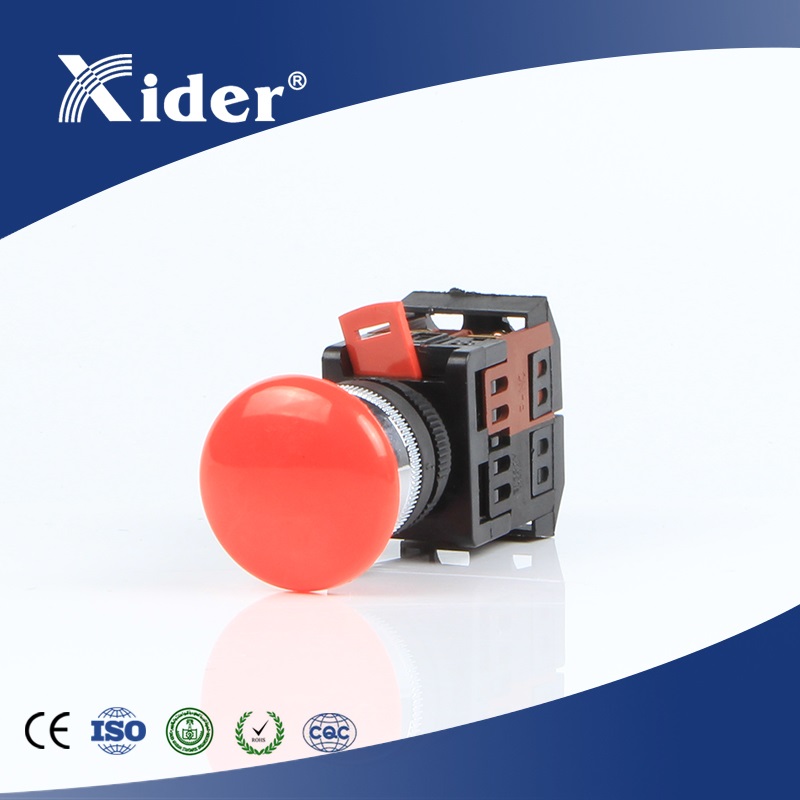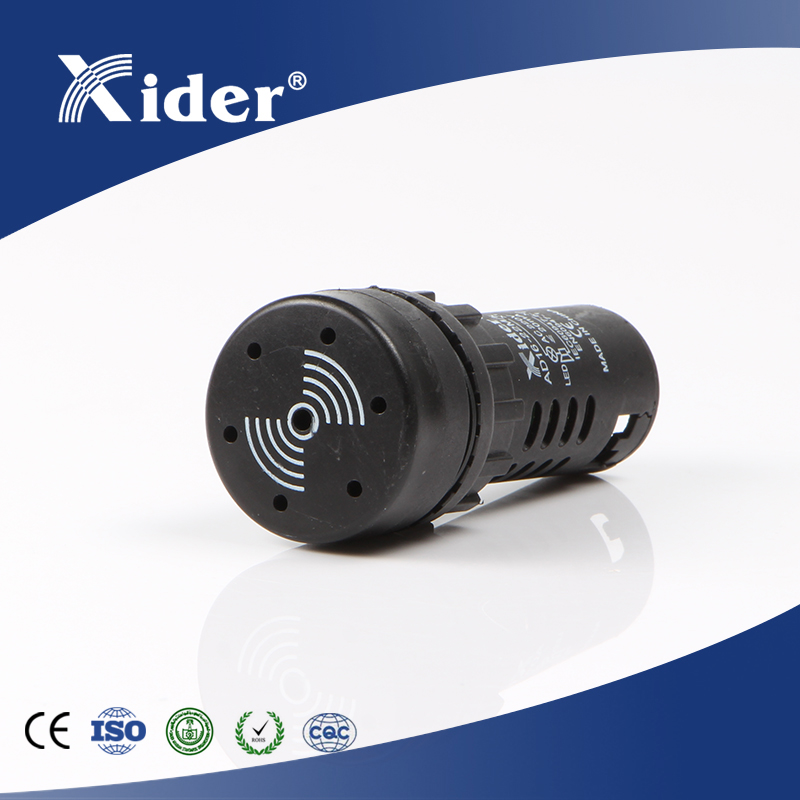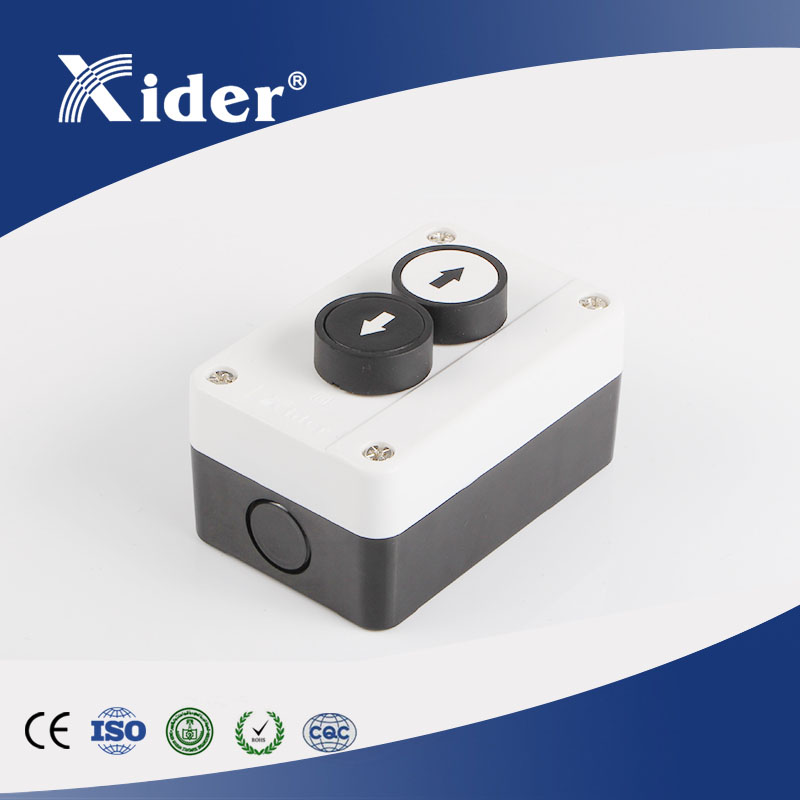Industrial push button switches are critical for controlling machinery in factories and industrial settings. When they fail, production can stop suddenly, causing delays and losses. This article explains the typical issues users face with these switches and how to resolve them effectively.
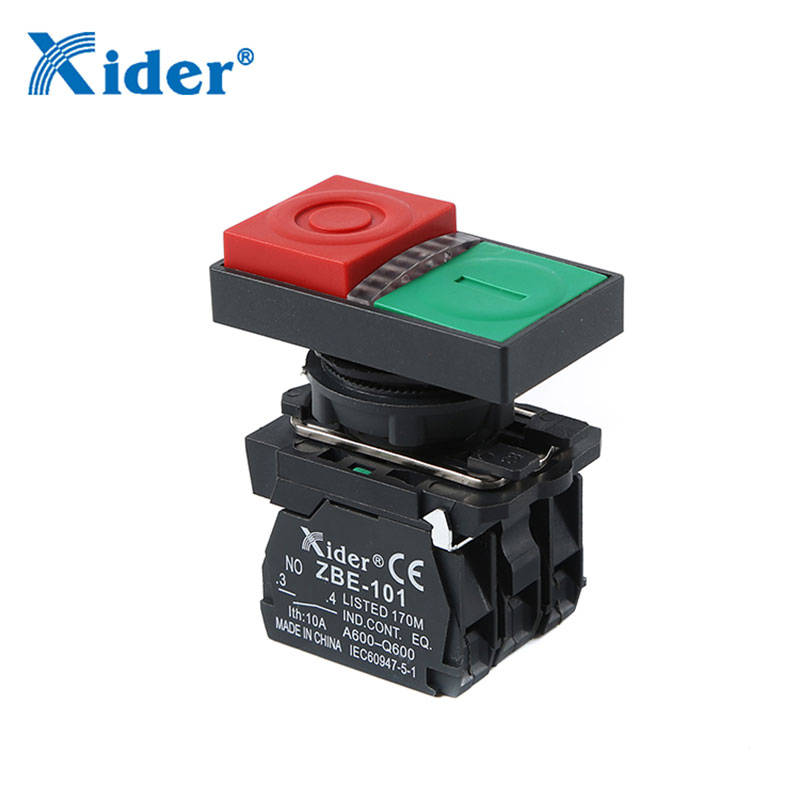
Common Failures of Industrial Push Button Switches and Solutions
Understanding why switches malfunction is the first step to fixing them. Below are the most frequent problems and straightforward solutions.
Contact Failure
Contact failure is the most prevalent issue. Over time, the switch's internal contacts wear down or get contaminated by dust and oil, leading to poor electrical connections. This often results in the switch not responding when pressed.
To fix this, first disconnect the power. Then, open the switch housing and wipe the contacts gently with a clean, dry cloth. If wear is severe, replacing the contacts (or the entire switch if parts are unavailable) is necessary.
Mechanical Sticking
Mechanical sticking happens when the switch gets stuck in either the pressed or released position. This is usually caused by debris buildup inside the switch or a damaged reset spring.
Start by turning off the power. Use compressed air to blow out any dust or debris from the switch. If sticking persists, check the reset spring—if it is bent or broken, replace it with a matching replacement part.
LED Indicator Malfunction
Many industrial push button switches have LED indicators that show if the switch is active. If the LED does not light up or flickers, the issue is often a faulty LED bulb or a loose wiring connection.
First, check the wiring connections to ensure they are tight. If connections are secure, the LED bulb is likely faulty. Replace the bulb with one of the same voltage and wattage specifications.
Key Steps to Prevent Industrial Push Button Switch Failures
Preventive maintenance can reduce the risk of switch failures and extend their lifespan.
Regular Inspection: Schedule monthly visual checks of the switches. Look for signs of damage, such as cracks in the housing, loose wiring, or discolored contacts. Address small issues immediately before they become major problems.
Proper Operation: Train staff on correct switch use. Avoid excessive force when pressing the switch, as this can damage the internal mechanism. Do not use tools to press the switch, as this may cause permanent harm.
Environmental Protection: Industrial environments are often harsh. Install protective covers on switches in dusty, wet, or oily areas. This prevents debris and liquids from entering the switch and causing damage.
Conclusion
Industrial push button switch failures are common but manageable with the right knowledge. By recognizing contact failure, mechanical sticking, and LED issues, and following the simple solutions provided, you can minimize downtime. Regular inspection, proper operation, and environmental protection also play key roles in keeping switches working well.
If you are looking for reliable industrial push button switches that are less prone to common failures, our product range is designed to meet industrial demands. Visit our product page to explore options tailored to your needs.



